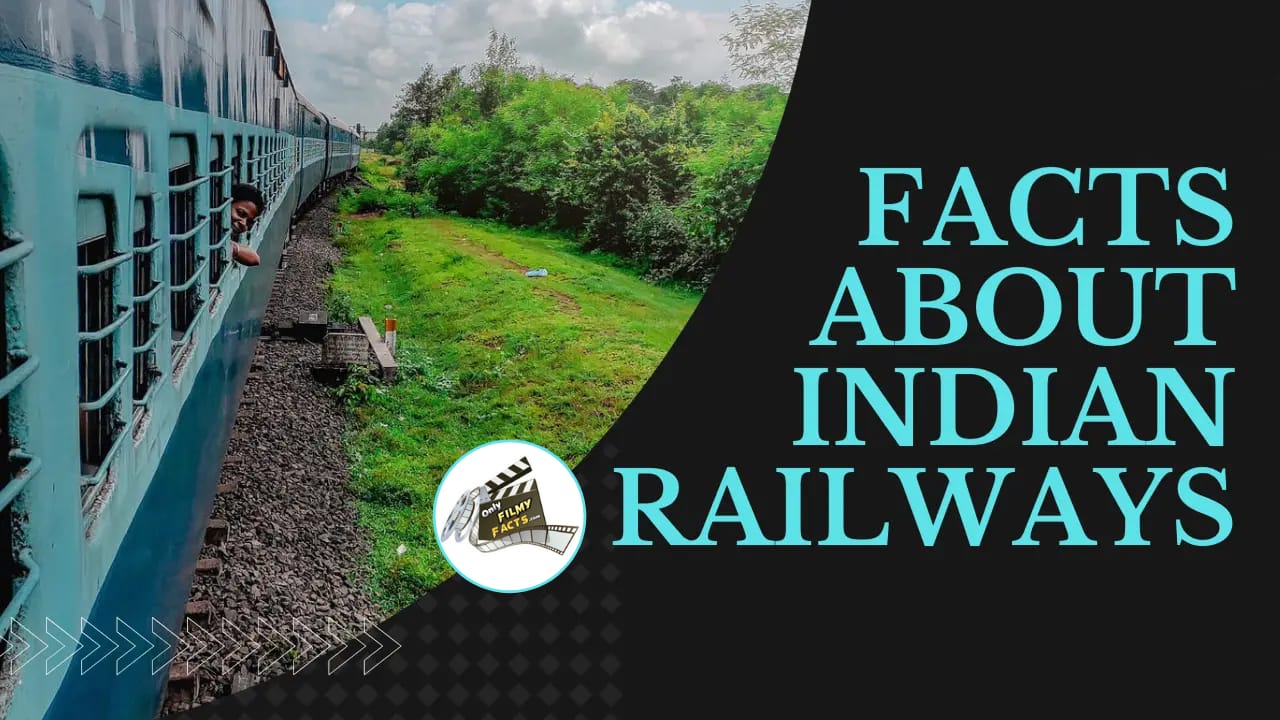Explore
With a total route length of 68,043 km, Indian Railways is the fourth largest public road system in the world in terms of size. With a total length of 127,760 km, it is the third largest Railway network in the world and the largest railway network run by a single government. 8421 million people travel on 9991 trains that link 7,172 stations nationwide as part of the periodic census. It is said that there are more daily passengers on railroads than there are people in some nations. Additionally, it transports 1014.15 million tonnes of cargo yearly.
Here are some interesting facts about Indian Railways:
- The world’s oldest steam engine still in operation is called the Fairy Queen. It travels from New Delhi to Rajasthan’s Alwar.
- UNESCO has designated four Indian Railways locations as “World Heritage sites.” These are the Kalka-Shimla Railways, Nilgiri Mountain, Mumbai Central Station, and Darjeeling-Himalayan Railway.
- With a length of 2,733 feet, Indian Railways possessed the longest railway platform in the world at Kharagpur. With a span of 4,430 feet, Gorakhpur station has now surpassed the record and taken its place.
- The Golden Chariot (Karnataka and Goa), Deccan Odyssey (Maharashtra), Royal Rajasthan on Wheels, Palace on Wheels (Rajasthan), and Maharaja Express are the five luxury trains operated by Indian Railways.
- India’s rail wonders are on display as the toy train in Darjeeling, an engineering marvel, climbs a gradient of 1:20.
What is the history of Indian Railways?
The first train from Bombay (Mumbai) to Thane, which carried 400 passengers and 14 coaches over a 34-kilometer distance, was flagged off on April 16, 1853, marking the beginning of railway service in India. Indian Railways has continued to advance ever since. When India gained its independence in 1947, it inherited a dilapidated rail system. In the newly formed Pakistan, there were around 40% of the railway lines.
For administrative reasons, the current rail networks were split up into six zones in 1952. Additionally, Indian Railways made all railway production domestic as a result of the economy’s growth. Electric and diesel locomotives gradually replaced the steam locomotives that were phased out in 1985.
The first passenger train in India covered 1.6 kilometres and 400 passengers on its journey from Mumbai to Tana. With a total length of 127,760 km, the railway network is the third largest in the world and the largest to be run by a single government. A total of 8421 million passengers travel on 9991 trains each year between 7,172 stations nationwide. There are reportedly more people travelling on trains every day than there are people living in some nations. Additionally, it transports 1014.15 million tonnes of cargo yearly.
Which was the first train in India?
On April 16, 1853, the first train in India travelled 34 km (as far as Bombay, Mumbai) to Thane, carrying 400 passengers in 14 coaches. Three steam locomotives, Sahib, Sindh, and Sultan, pulled the train. It was an hour and fifteen minutes long.
Who built the first railway line in India?
The Great Indian Peninsula Railway (GIPR) company constructed India’s first railway line. On April 16, 1853, the line between Bombay (now Mumbai) and Thane was inaugurated. There were 400 passengers and 14 coaches on the 34 km-long queue. The train was drawn by three steam locomotives: Sultan, Sindh, and Sahib. The duration was one hour and fifteen minutes.
What was the purpose of building railways in India?
India’s railways were constructed with the intention of bringing down transportation costs and facilitating English merchants’ access to India’s raw cotton. In tandem, the railway would allow British-made goods like cotton textiles to enter the Indian market. It was thought that railways would help India’s economy grow and serve as a source of raw materials and a market for British goods. Facilitating the movement of troops within the subcontinent would also aid in the administration and defence of India.
How many stations were there on the first railway line in India?
I apologise; I was unable to locate any information regarding the number of stations on India’s first railway line. On April 16, 1853, the inaugural train in India departed from Bombay (now Mumbai) and travelled 34 km, carrying 400 passengers across 14 coaches. The train was drawn by three steam locomotives: Sultan, Sindh, and Sahib. The duration was one hour and fifteen minutes.
I hope this information helps!
